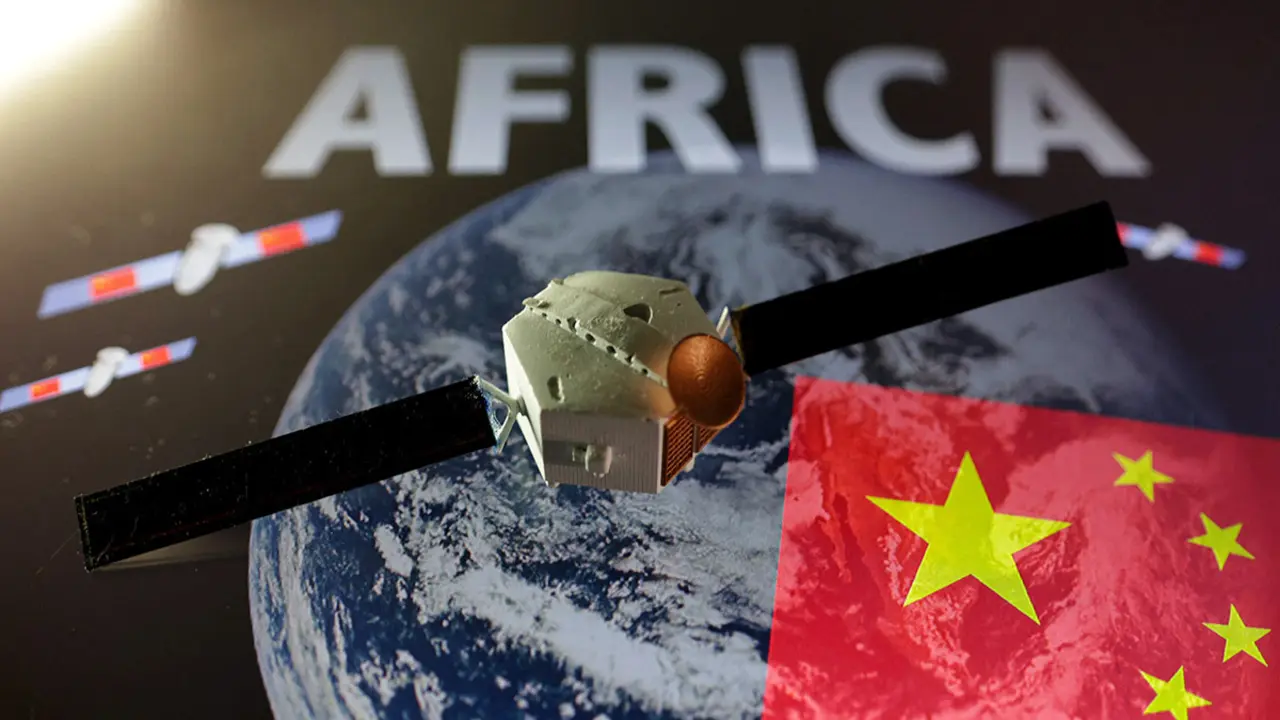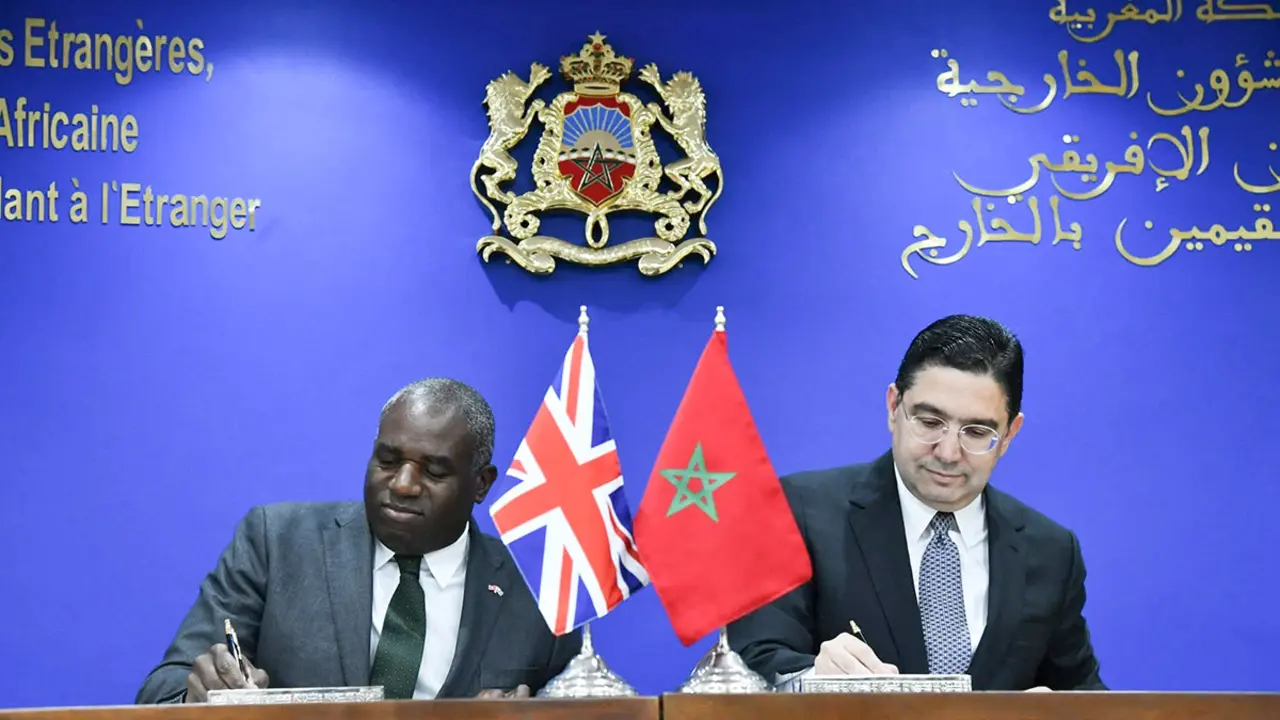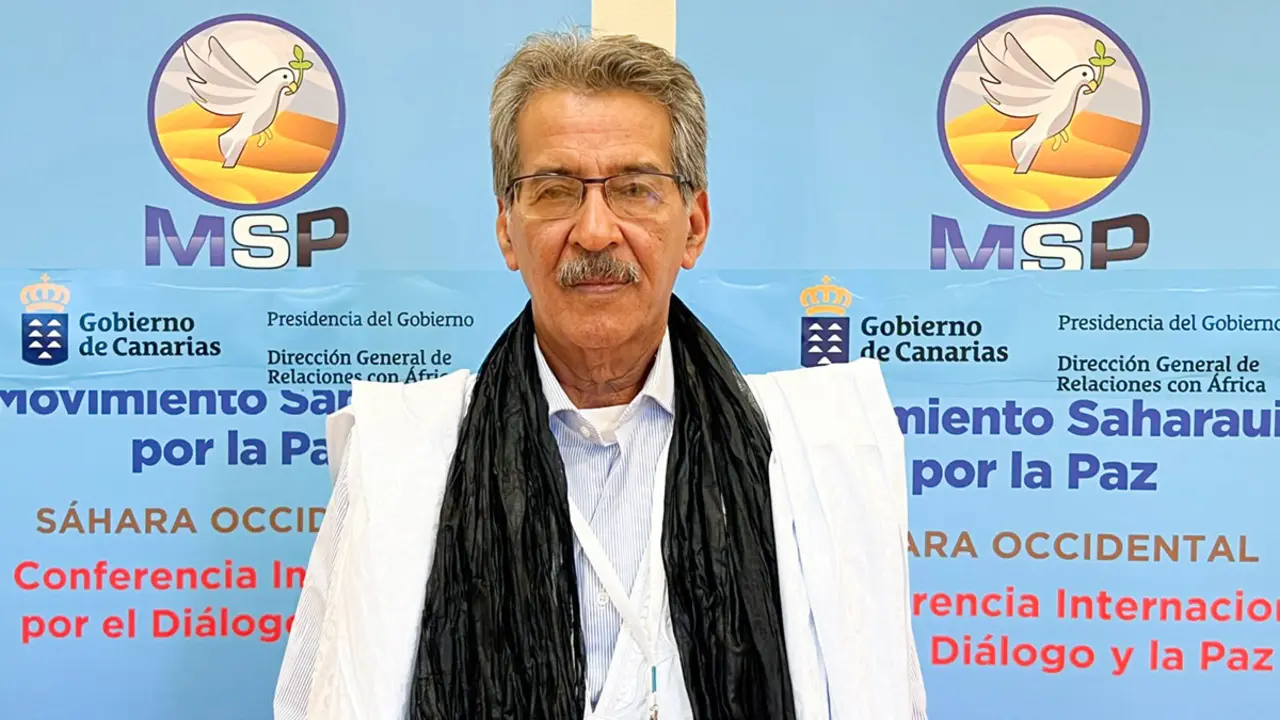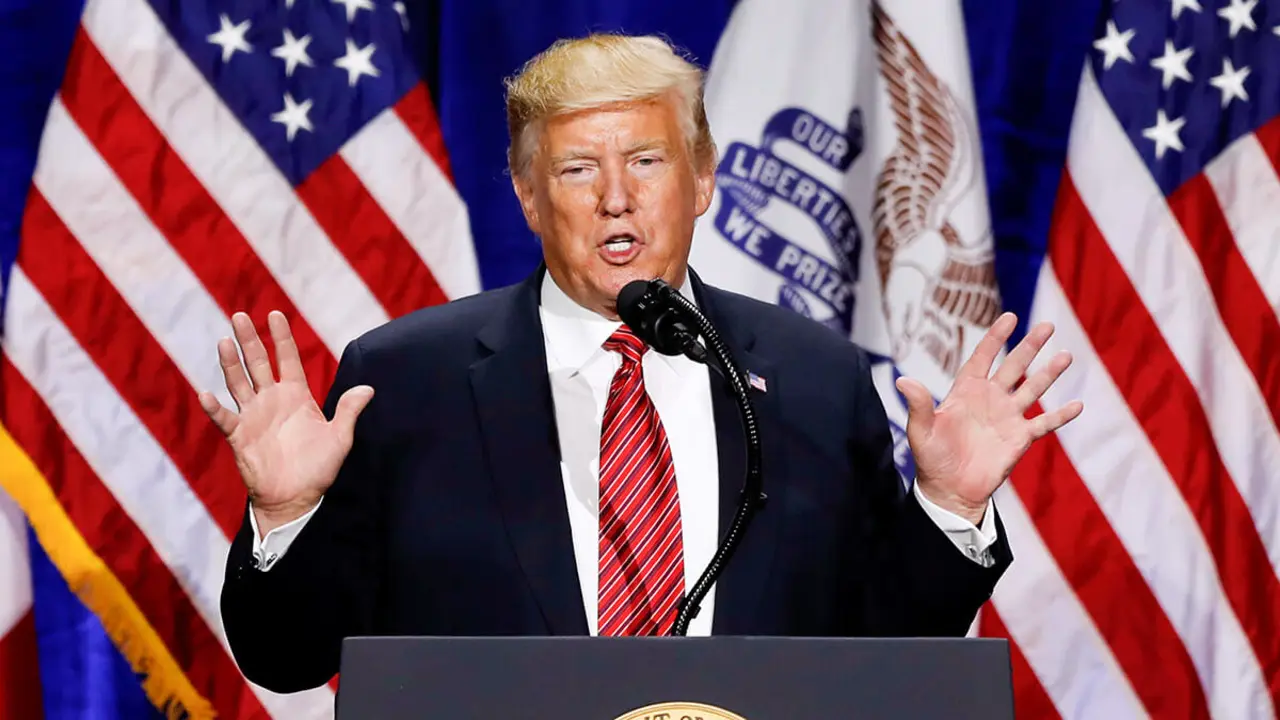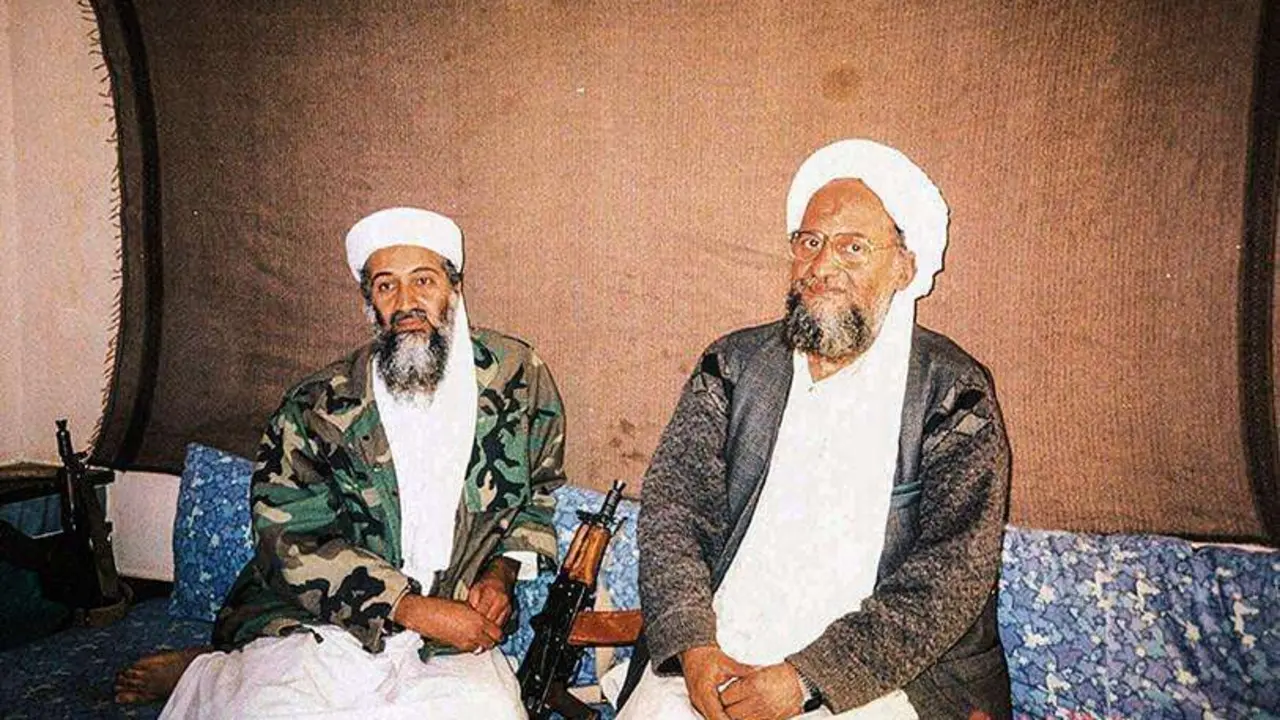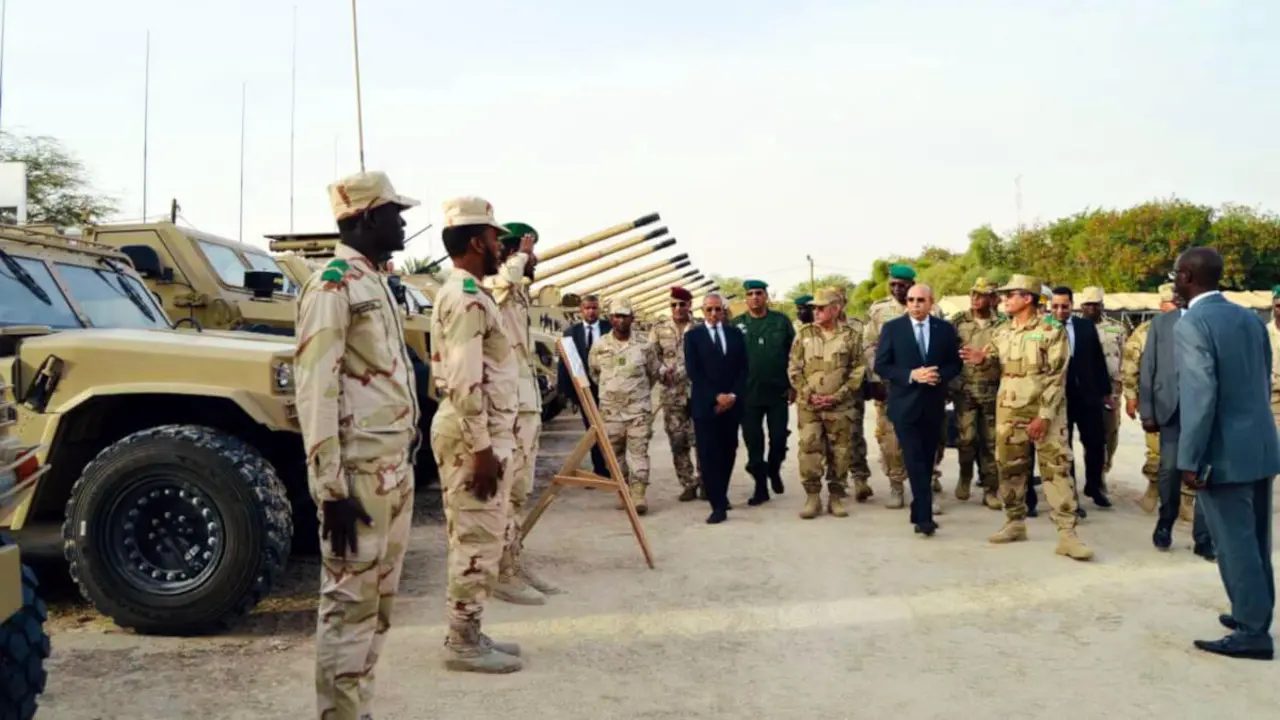Deployment of several hundred US troops to Poland as tensions with Russia rise

Un Boeing C-17 Globemaster de la Fuerza Aérea de Estados Unidos aterrizó, el pasado fin de semana, A US Air Force Boeing C-17 Globemaster landed on Polish soil near the Ukrainian border last weekend, carrying elite US soldiers, military equipment and vehicles. "As announced, the first elements of the US Army's 82nd Airborne Division brigade battle group have arrived in Poland," said a Polish military officer.
The soldiers arrived at the Rzeszow military base in southeastern Poland, near its border with Ukraine. The troop shipment follows President Joe Biden's announcement on Wednesday that 1,700 troops would be deployed to eastern Europe in the wake of Russia's deployment of more than 100,000 troops along all of its borders with Ukraine, although it denies any intention to invade its neighbouring country. Since 2017, around 4,000 US troops have been present on Polish territory on a rotational basis.

"Our national contribution here in Poland shows our solidarity with all of our allies here in Europe and obviously during this period of uncertainty, we know we are stronger together," Major General Christopher Donahue, commander of the troops and the last US soldier to leave Afghanistan in August, told the AP news agency. Mariusz Blaszczak, Poland's defence minister, praised the deployment, adding that "deterrence and solidarity are the best response to Moscow's aggressive policy, to Moscow's aggressive attempt to rebuild the Russian empire".
Similarly, John Kirby, press secretary for the US Department of Defense, announced last week another deployment of troops from his station at Fort Bragg, North Carolina, some 2,000 troops to Germany and Poland in the coming days. "I want to be very clear about something: these are not permanent movements. They are movements designed to respond to the current security environment. Moreover, these forces are not going to fight in Ukraine. They are going to ensure the robust defence of our NATO allies," he said.

Last Friday, US reinforcements arrived in Wiesbaden, Germany, reported the US Army European Command, which said they would establish a headquarters in the German-speaking country to support the 1,700 troops deployed in Poland. According to a New York Times report, Russian troops are not ready for an all-out invasion of Ukraine, but "appear to be in the final stages of preparing for military action if the Kremlin orders it".
As the US military deployments are taking place, Andriy Zagorodnyuk, Ukraine's former defence minister, commented in an interview with the UK's The Guardian that 'Russia has enough material to take over Kiev and another city in the country', but that it does not have the strength to carry out a full-scale occupation. These statements coincided with the announcement by US officials of the massing of at least 70 per cent of Russia's military power for a military operation in mid-February.

In recent weeks, the White House has been anticipating the start of a hypothetical invasion around 15 February. Around that week, the world's largest country would have completed its initial deployment and would proceed to make its first advance into Ukrainian territory, although this is only a hypothesis put forward by the US administration.
In view of these events, the American giant has an additional 8,500 US troops on standby in case an imminent deployment is necessary. These troops are on high alert and NATO defence ministers are expected to discuss whether to add more reinforcements at their next meeting on 16-17 February. "The best response to a threat, the only method to ensure the security of Poland and other NATO nations on the eastern flank of the alliance," Blaszczak said.
Americas Coordinator: José Antonio Sierra

